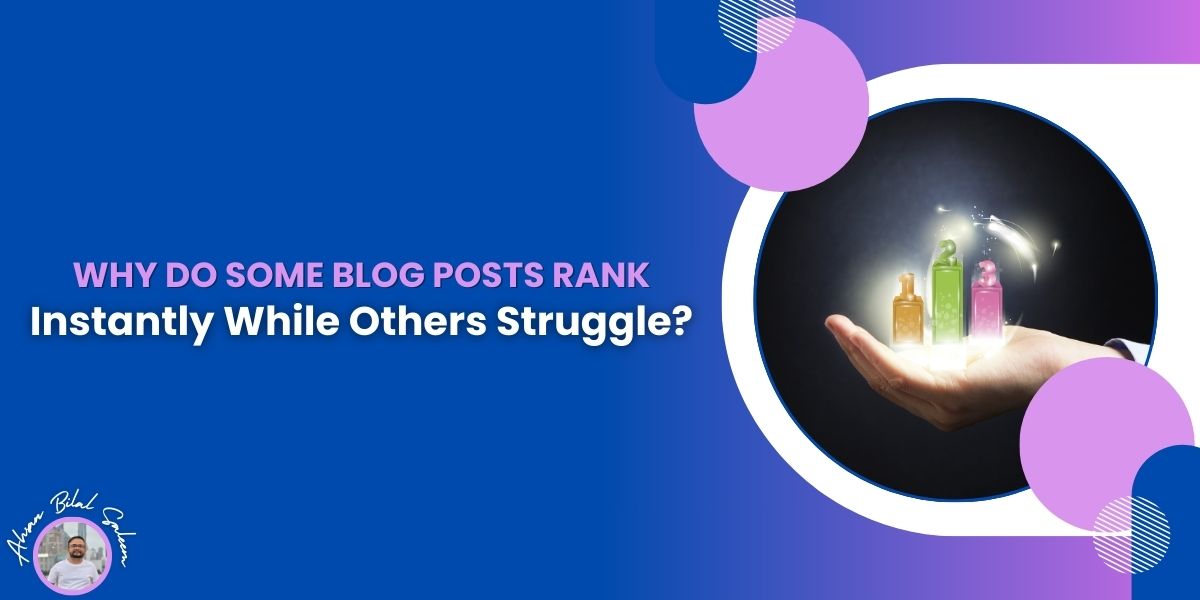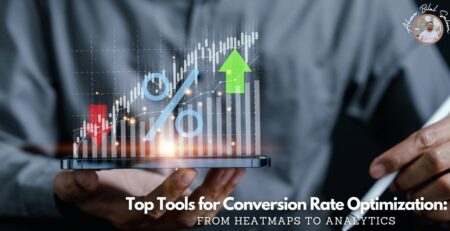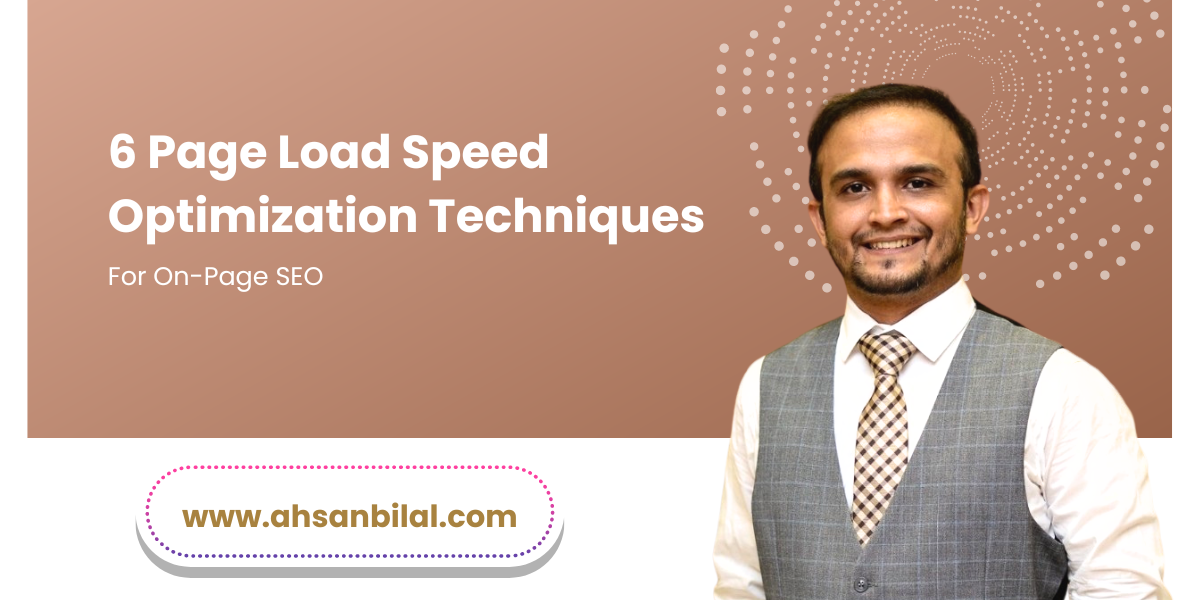Why Do Some Blog Posts Rank Instantly While Others Struggle?
Every content creator dreams of publishing a blog post and seeing it rank instantly on search engines. However, the reality is quite different. While some blog posts soar to the top of search engine results pages (SERPs) within days, others take months to gain visibility—or worse, never rank at all. But why does this happen? The answer lies in a combination of SEO strategies, content quality, competition, and search engine algorithms. Understanding why some blog posts rank instantly while others struggle can help you optimize your content for better visibility and faster rankings.
The Power of Keyword Selection
One of the most crucial factors determining a blog post’s ranking speed is keyword selection. Some bloggers target high-volume, highly competitive keywords, making it difficult to rank quickly. On the other hand, choosing low-competition, long-tail keywords increases the chances of ranking faster.
For instance, a post targeting “best digital marketing strategies” may take months to rank due to competition from established websites. However, a post optimized for “best digital marketing strategies for small businesses in 2024” stands a better chance of ranking faster due to less competition.
How to Improve Keyword Selection:
- Use keyword research tools like Google Keyword Planner, Ahrefs, or Ubersuggest.
- Focus on long-tail keywords that have lower competition but still receive decent traffic.
- Analyze search intent—whether users are looking for information, making a purchase, or seeking reviews.
Website Authority and Domain Age
Google favors authoritative websites that have a strong backlink profile, consistent traffic, and a history of quality content. If your website is relatively new, it may take longer for your blog posts to rank compared to content from an established domain.
Older websites with high Domain Authority (DA) or Domain Rating (DR) tend to rank their new posts faster. This is because Google already trusts them as a credible source.
How to Improve Website Authority:
- Center around acquiring quality backlinks from legitimate sites.
- Publish high-quality, well-researched content consistently.
- Optimize for on-page SEO by including internal links, proper headings, and structured data.
Content Quality and Depth
Google’s algorithm prioritizes comprehensive, well-structured, and informative content. Posts that provide in-depth answers to users’ queries tend to rank faster. Thin or poorly written content, even if optimized with the right keywords, may struggle to gain visibility.
Characteristics of High-Quality Content:
- Covers the topic in-depth, answering all potential user questions.
- Includes relevant statistics, case studies, and examples.
- Is formatted properly with headings, bullet points, and visuals for readability.
- Provides unique insights instead of just rehashing existing information.
Page Speed and Technical SEO
Google takes page speed and user experience into account when ranking pages. If a blog post is slow to load, poorly structured, or not mobile-friendly, it may struggle to rank, regardless of its content quality.
How to Improve Technical SEO:
- Optimize images to reduce loading time.
- Use a fast web hosting service.
- Ensure your blog is mobile-responsive.
- Utilize organized information to assist with looking through motors grasp your substance better.
Competition and Search Intent
Even if a blog post is well-optimized, it might still struggle to rank if the competition is too strong. If authoritative sites like HubSpot, Forbes, or Moz dominate the first page, breaking through becomes challenging.
Additionally, search intent plays a critical role. If your post doesn’t align with what users are searching for, it won’t rank well.
How to Overcome Competition:
- Find content gaps—topics competitors haven’t covered in-depth.
- Use a unique angle or fresh perspective to differentiate your content.
- Consistently update your blog entries to keep them applicable.
The Role of Backlinks and Social Signals
Backlinks act as a vote of confidence for your blog post. If reputable websites link to your content, Google sees it as valuable and ranks it higher. Similarly, social signals—such as shares, likes, and comments—indicate content engagement, indirectly influencing rankings.
How to Build Backlinks and Social Signals:
- Reach out to bloggers and website owners for guest posting opportunities.
- Create shareable content, such as infographics and industry reports.
- Promote your blog post on social media, forums, and communities like Reddit and Quora.
Freshness and Timeliness
Google often prioritizes fresh content, especially for topics that evolve quickly, such as technology, SEO, and finance. A newly published, timely post may rank faster than outdated content, even from authoritative sites.
How to Leverage Content Freshness:
- Regularly update old blog posts with new data and insights.
- Write about trending topics that have high search demand.
- Use Google Trends to find real-time search interest in a topic.
Internal Linking and Site Structure
A blog post that’s well-integrated within your website’s internal linking structure has a higher chance of ranking quickly. If multiple authoritative pages on your site link to a new blog post, it sends a strong signal to Google that the post is valuable.
Best Practices for Internal Linking:
- Link new blog posts to older, high-ranking pages on your site.
- Utilize expressive anchor text rather than conventional expressions like “click here.”
- Avoid overloading a post with too many internal links—keep it natural.
Final Thoughts
The reason why some blog posts rank instantly while others struggle is a mix of keyword strategy, domain authority, content quality, competition, technical SEO, and promotion efforts. By focusing on low-competition keywords, improving site authority, optimizing content for user intent, and leveraging backlinks, you can significantly increase your chances of ranking quickly.
While instant rankings aren’t always possible, following these best practices will help your blog gain visibility faster and sustain long-term SEO success. Keep optimizing, experimenting, and refining your content strategy, and over time, you’ll see better and faster ranking results.










